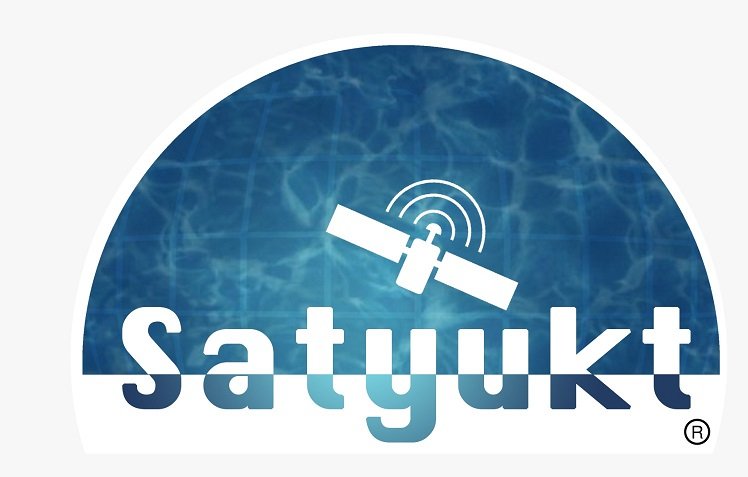How Soil Mapping Can Enhance Sustainable Agriculture and Boost Productivity
By Dr Yukti Gill, MD & Co-founder, Satyukt Analytics
The development of precision soil mapping has become essential for sustainable agriculture because it helps farmers maximise their yields with minimal environmental effects. The combination of Geographic Information Systems (GIS) and satellite-based technology with remote sensing along with artificial intelligence (AI) allows precision soil mapping to deliver precise soil variability data which supports better agricultural decision-making.
The procedure of precision soil mapping requires gathering spatial data about soils to generate detailed maps that demonstrate field soil property fluctuations. Arable property characteristics such as texture, structure, pH, nutrient levels, and moisture content require examination for soil mapping. Farmers implement site-specific management practices after understanding field variations to distribute proper farming inputs throughout the field areas.
Enhancing Crop Yields Through Targeted Management
Variable rate application (VRA) of inputs gets enhanced through precision soil mapping because it provides crucial information needed for accurate dosage. Fields receive a uniform application of inputs through traditional farming systems because these methods fail to recognise natural soil fluctuations. When input application follows a uniform fashion, it creates two problems: excessive usage in certain zones while inadequate application exists in adjacent areas which results in poor crop production alongside resource inefficiency.
Precise soil mapping applications allow farmers to deliver inputs with customised rates based on how different zones in their fields demand specific needs. Farmers apply more fertiliser to areas with nutrient-deficient soils and provide less application in areas with adequate nutrient levels. The strategic nature of this method enhances both crop production results and decreases overall input expenses.
Reducing Environmental Impact
Precision soil mapping delivers essential environmental benefits alongside its productivity improvements by helping to lower the environmental impact of agriculture. The improper use of fertilisers and pesticides through excessive application causes water pollutants that damage aquatic ecosystems. Agricultural operators who use the exact placement of inputs establish better environmental outcomes because they reduce water runoff.
Soil mapping solutions help farmers implement both cover cropping and reduced tillage practices because they reveal areas that need particular care. Soil conservation measures together with greenhouse gas reduction strategies and carbon sequestration enhancement become possible through the identification of specific areas that experience erosion or compaction.
To read more click on:https://agrospectrumindia.com/e-magazine
By Dr Yukti Gill, MD & Co-founder,


